As the Wildflower Hour team wrote on social media when announcing this week’s challenge: ‘Some of the loveliest wildflowers are green! Can you find one for this week’s challenge?’. Well, yes, I can. In fact, I found three on yesterday’s meander, and I’m sure there must be more that I missed. My finds are:
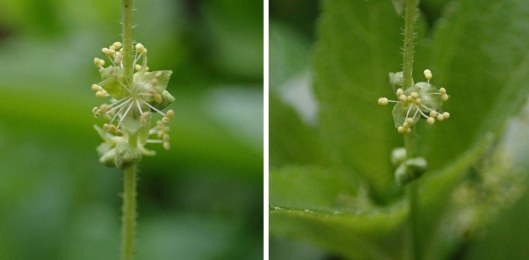
Dog’s mercury (Mercurialis perennis). I didn’t know until today, when I was reading the First Nature website, that ‘Dog’s Mercury is an extremely poisonous plant and when eaten it has been known to cause vomiting, jaundice and coma.’ Of course, you’d have to be pretty stupid to eat it, but some foragers are pretty stupid!

Petty spurge (Euphorbia peplus), a common sight along the edges of lanes and pavements, and scattered across any patch of waste ground. It’s just getting started again in my area after being knocked back by the cooler winter weather and the interminable rain.
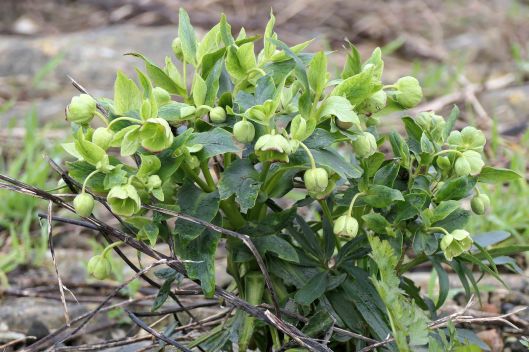
Stinking hellebore (Helleborus foetidus). This was a surprise find along a local river embankment and, though Stinking hellebore is a UK native, because of its sudden appearance in that location, I think this particular specimen is probably a garden escapee.
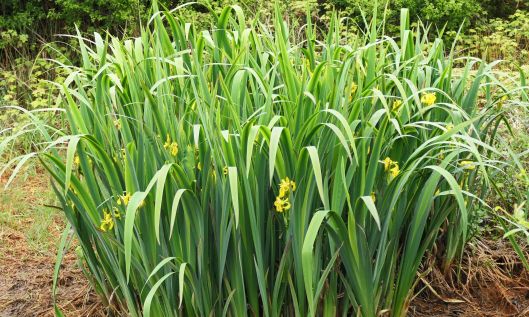



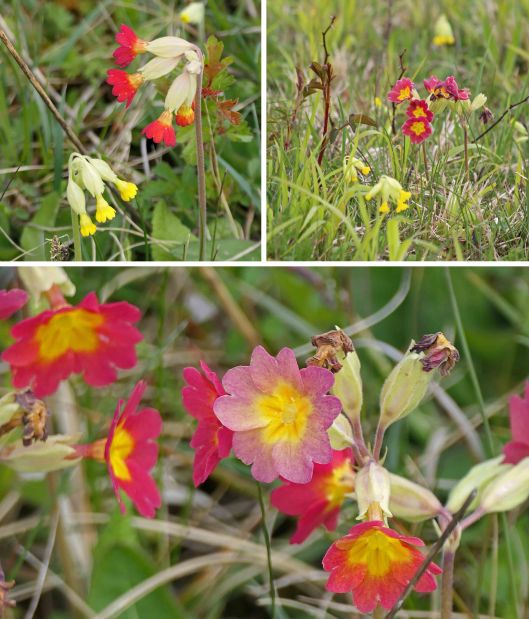
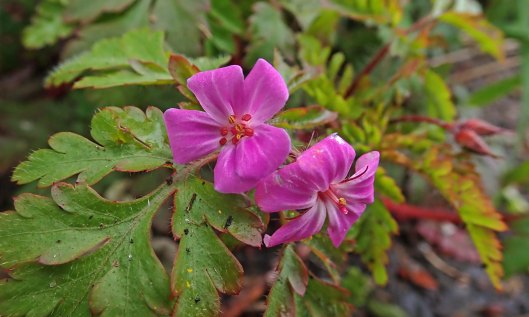







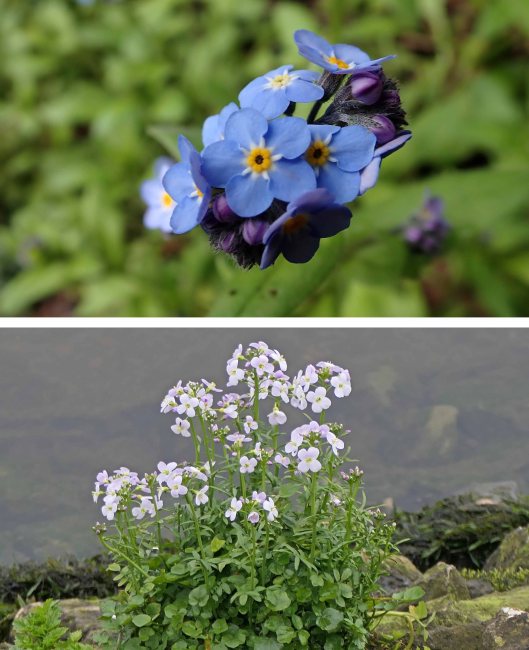









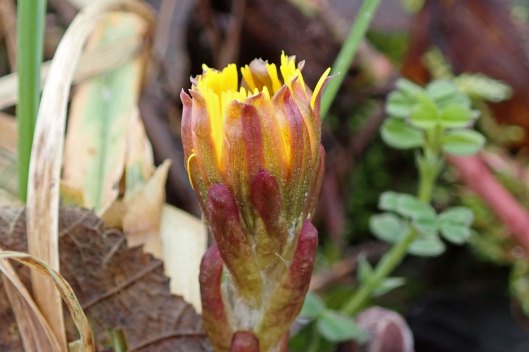
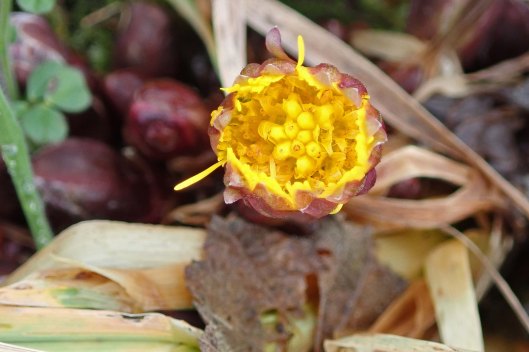

You must be logged in to post a comment.